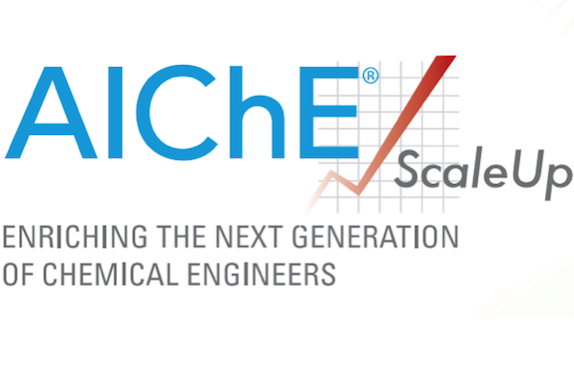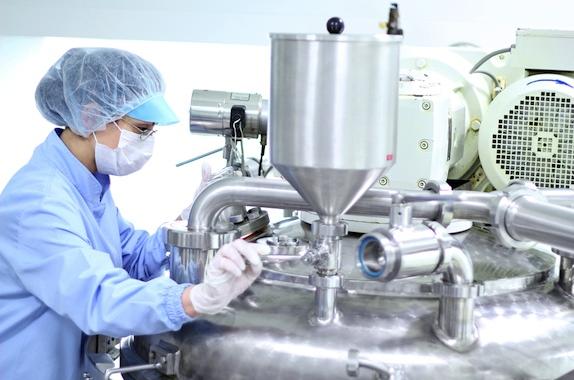You may find the following references useful in getting the information you need to identify and control reactivity hazards. Reactive Materials MSDSs from suppliers and via internet; http://www.ilpi.com/msds links to many MSDS sites Lewis, Sax’s Dangerous Properties of Industrial Materials, ISBN 0471354066 NFPA 49: Hazardous Chemicals Data, http://www.nfpa.org U.S. Dept. of Transportation. Emergency Response Guidebook, http://hazmat.dot.gov Reactive Interactions Bretherick's Handbook of Reactive Chemical Hazards, can be searched from http://www.chemweb.com after free registration NFPA 491:...
Many materials in common use today have obvious reactivity hazards, for example, explosives, laboratory chemicals, and raw materials to make plastics and other useful products. Yet they are handled safely every day. How? Their hazards have been recognized and controlled so that undesirable events (those which can cause loss and harm) do not happen. Your first source of information for controlling hazards should always be your material supplier. Inherently Safer If you can eliminate the use of reactive materials, substitute materials with less reactivity potential, reduce inventories of...
Now that you know where the reactive material and interaction hazards are at your facility, you will need to ensure all of the hazards are contained and controlled on an ongoing basis. Reactive Materials . You can get most of the data you need to safely handle many reactive materials from material suppliers. Depending on the nature of the material and how you will be storing and using it, the needed data for each reactive material will likely include: Materials of construction to use and to avoid Common materials and contaminants to avoid (e.g., air, water, rust, oil, acids, caustic) Storage...
Many materials that are not considered “reactive materials” can nevertheless react dangerously with other, incompatible materials. The other material may be there intentionally (addition of the right material, but in the wrong amount) or by accident (such as contaminants like rust or lubricants). Conditions under which the materials are used (pressure, temperature, humidity, concentration, etc.) can also change the reactive behavior dramatically. For these reasons, identifying reactivity hazards involving the mixing of two or more materials is highly situation-dependent and not readily...
Chemical reactivity has many different names, such as reactive materials, runaway reaction hazards, instability, thermal sensitivity, and incompatibility. Flammability, toxicity, and corrosion are also forms of reactivity. Since these topics are addressed elsewhere, our focus here will be on those reactions that fall outside the normal definitions of flammable or toxic and that generally occur far more rapidly than corrosion. To decide if we handle reactive materials, we want to identify those materials that can cause a dangerous release, such as of heat, blast energy, toxic vapors, or gases...


